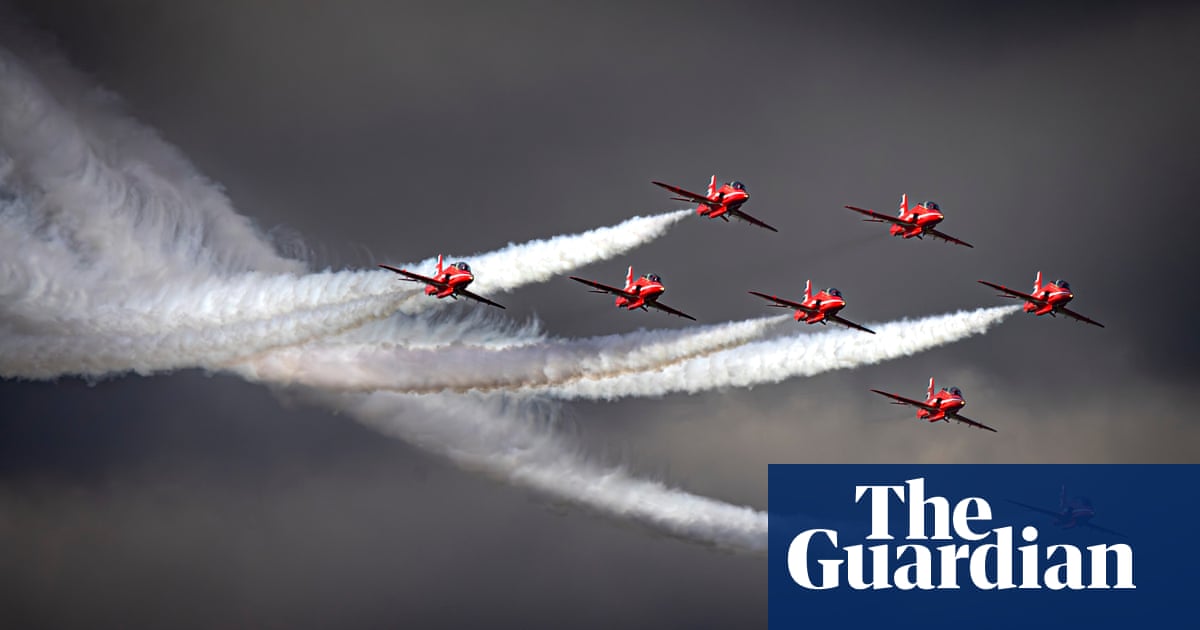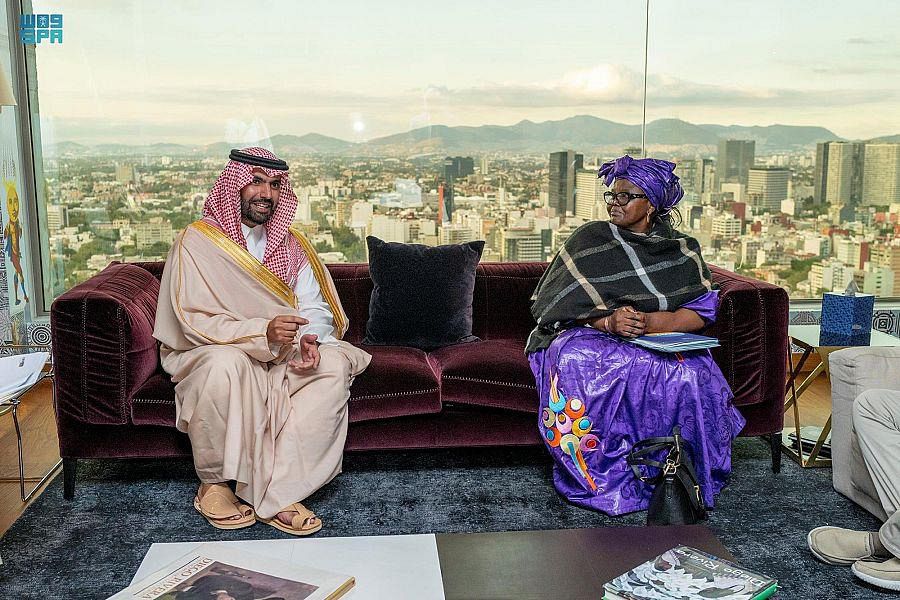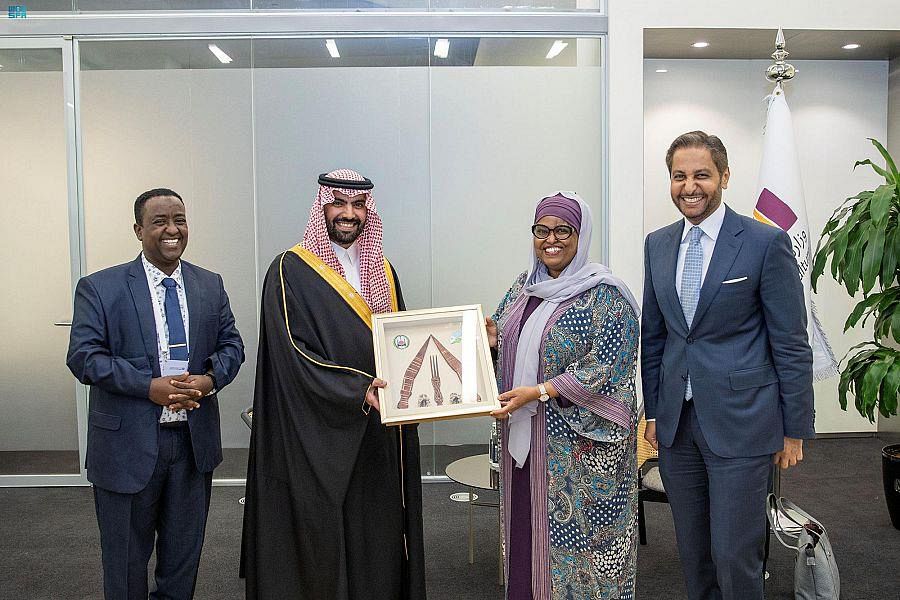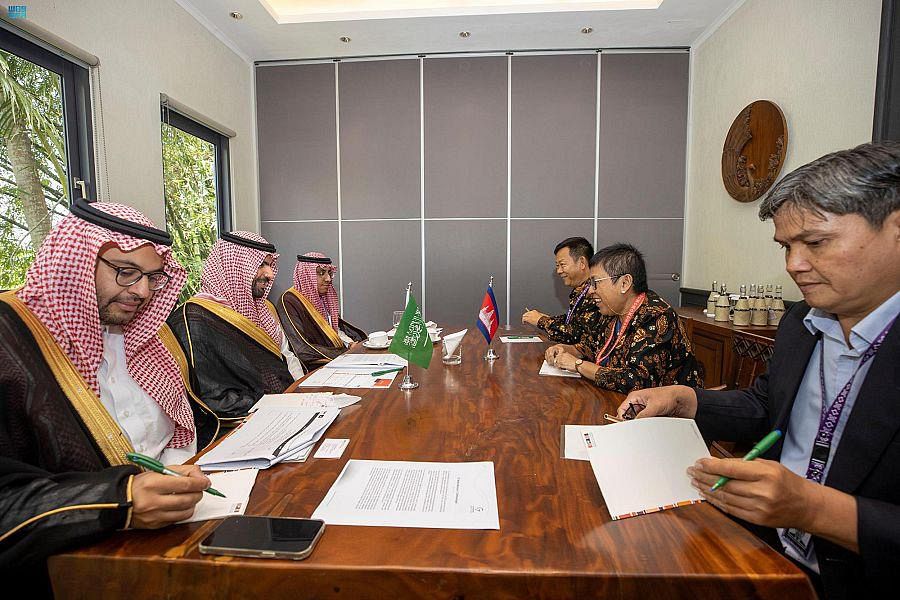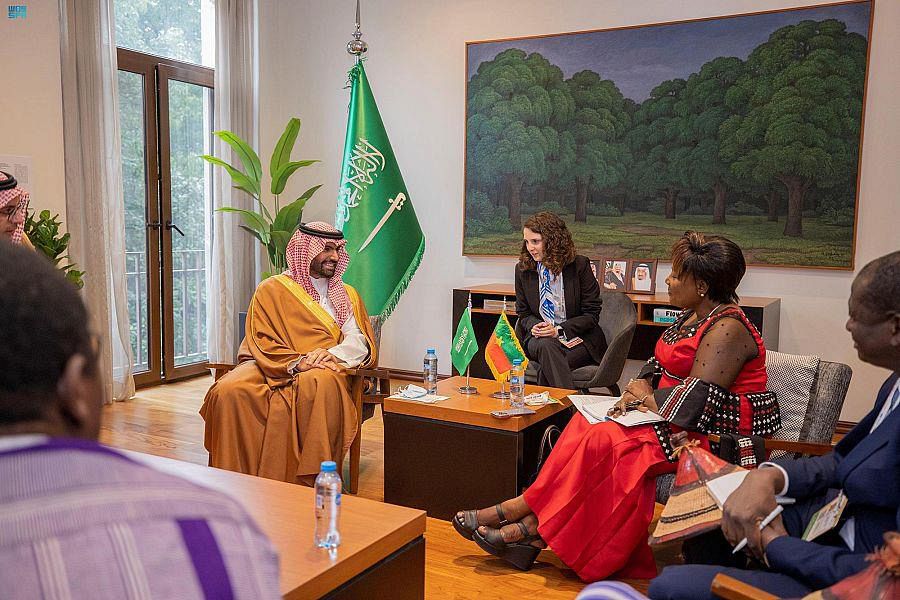
It was intended to be a hard-hitting review into allegations of sexism, harassment and bullying in the elite Red Arrows display team. The inquiry was concerned that the squadron was “not a safe environment” for women and said it was “highly likely” women would be subject to unlawful harassment.
The report makes a generalised list, ranging from “unwanted physical contact” to unwanted texts of a sexual nature; unsought invitations to engage in sexual activity to a broader attitude of “male sexual entitlement”. But what comes shortly after is a classic case of overzealous Ministry of Defence secrecy.
Twelve examples are cited, each about a paragraph long. But each one is entirely redacted, leaving outsiders to guess at their seriousness. The official reason is to protect the identities of those involved, particularly the victims, although it is usually the case that anonymised accounts can be provided.
Details matter, not least because it allows outsiders to judge for themselves. Has the organisation in question, in this case the military, taken appropriate action against those involved? All that is known is that two Red Arrows pilots have been fired, and nine others subject to lesser disciplinary action.
Yet the occasional glimpses amid the redaction reveal a culture of institutionalised sexism so ingrained that at times it was unexceptional to those involved. “Two examples of exposure of genitals,” are recorded, but these prompted such a lack of offence that the review concluded such exposure was “normalised in a military environment”.
Women learned to adopt survival strategies in a report that reveals a sexualised culture where affairs as well as unwanted attention were commonplace. Female personnel would attend social situations – many with alcohol involved – in groups with a “‘shark watch’ in operation” to look out for each other.
Part of the problem appears to have been the Top Gun mentality, a sense of exceptionalism fuelled by a high octane lifestyle in which the Red Arrows routinely met celebrities such as Tom Cruise, and performed the star turn at virtually every British major public event, including the rain soaked Coronation.
Another factor is a tendency to cover up, although Sir Rich Knighton, the chief of air staff, declined to use that phrase as the report was revealed on Wednesday. Victims said they “didn’t want to ruin someone’s career” over an incident of harassment while there was evidence of a passive “bystander culture” that allowed inappropriate behaviour to go unchecked.
The idea that the rules don’t apply, and that bad behaviour is best ignored, is hardly unique among elite military units. Over at the Royal Courts of Justice, a public inquiry is gradually examining claims that members of the SAS killed up to 80 Afghans in cold blood a little over a decade ago.
That inquiry has many more months to run, but it too is likely to focus on SAS exceptionalism, boosted by enthusiastic politicians – while allegations of a cover-up have hung over previous failed investigations, arguably preventing them from getting to the truth.
Britain’s military has been battling with sexism for years. Two years ago a Commons inquiry found that two-thirds of service women had experienced bullying, harassment and discrimination during their career. A 19-year-old gunner, Jaysley Beck, took her own life in December 2021 after being subjected to sexual harassment from her boss, according to an internal army inquiry report.
Tackling entrenched problems requires clear leadership – and a willingness to root out bad behaviour, partly by being as open as possible. Knighton said he was “appalled when [he] read the investigations findings” and that he was “intent on building trust” – but he also said he had confidence in the Red Arrows’ current management. It remains to been seen whether that confidence is well founded.




